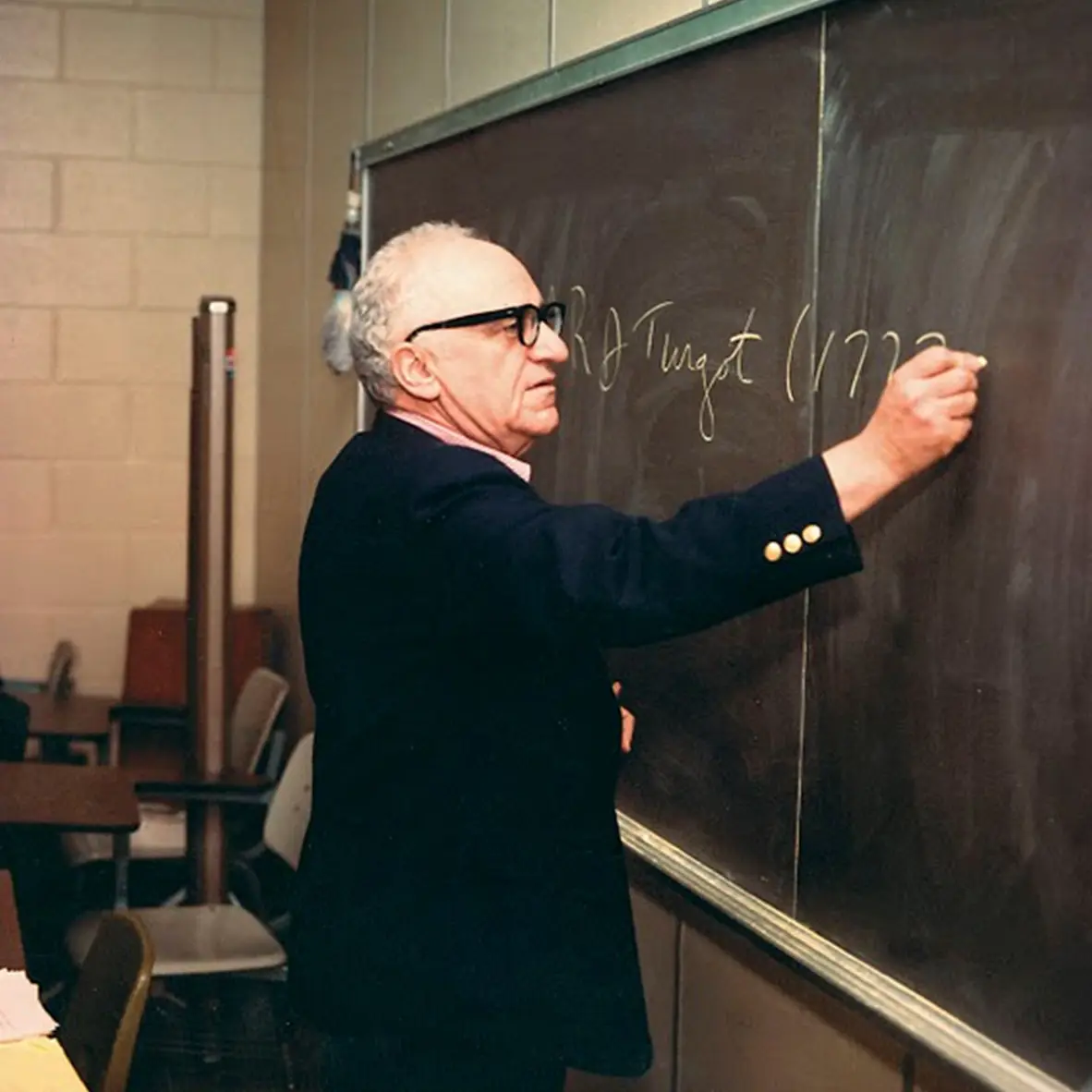Anatomy of the State: History as a Race Between State Power and Social Power
Just as the two basic and mutually exclusive interrelations between men are peaceful cooperation or coercive exploitation, production or predation, so the history of mankind, particularly its economic history, may be considered as a contest between these two principles.
Just as the two basic and mutually exclusive interrelations between men are peaceful cooperation or coercive exploitation, production or predation, so the history of mankind, particularly its economic history, may be considered as a contest between these two principles. On the one hand, there is creative productivity, peaceful exchange and cooperation; on the other, coercive dictation and predation over those social relations. Albert Jay Nock happily termed these contesting forces: "social power" and "State power."41 Social power is man's power over nature, his cooperative transformation of nature's resources and insight into nature's laws, for the benefit of all participating individuals. Social power is the power over nature, the living standards achieved by men in mutual exchange. State power, as we have seen, is the coercive and parasitic seizure of this production?a draining of the fruits of society for the benefit of nonproductive (actually antiproductive) rulers. While social power is over nature, State power is power over man. Through history, man's productive and creative forces have, time and again, carved out new ways of transforming nature for man's benefit. These have been the times when social power has spurted ahead of State power, and when the degree of State encroachment over society has considerably lessened. But always, after a greater or smaller time lag, the State has moved into these new areas, to cripple and confiscate social power once more.42 If the seventeenth through the nineteenth centuries were, in many countries of the West, times of accelerating social power, and a corollary increase in freedom, peace, and material welfare, the twentieth century has been primarily an age in which State power has been catching up?with a consequent reversion to slavery, war, and destruction.43
In this century, the human race faces, once again, the virulent reign of the State—of the State now armed with the fruits of man's creative powers, confiscated and perverted to its own aims. The last few centuries were times when men tried to place constitutional and other limits on the State, only to find that such limits, as with all other attempts, have failed. Of all the numerous forms that governments have taken over the centuries, of all the concepts and institutions that have been tried, none has succeeded in keeping the State in check. The problem of the State is evidently as far from solution as ever. Perhaps new paths of inquiry must be explored, if the successful, final solution of the State question is ever to be attained.44
41.On the concepts of State power and social power, see Albert J. Nock, Our Enemy the State (Caldwell, Idaho: Caxton Printers, 1946). Also see Nock, Memoirs of a Superfluous Man (New York: Harpers, 1943), and Frank Chodorov, The Rise and Fall of Society (New York: Devin-Adair, 1959).
42.Amidst the flux of expansion or contraction, the State always makes sure that it seizes and retains certain crucial "command posts" of the economy and society. Among these command posts are a monopoly of violence, monopoly of the ultimate judicial power, the channels of communication and transportation (post office, roads, rivers, air routes), irrigated water in Oriental despotisms, and education—to mold the opinions of its future citizens. In the modern economy, money is the critical command post.
43.This parasitic process of "catching up" has been almost openly proclaimed by Karl Marx, who conceded that socialism must be established through seizure of capital previously accumulated under capitalism.
44.Certainly, one indispensable ingredient of such a solution must be the sundering of the alliance of intellectual and State, through the creation of centers of intellectual inquiry and education, which will be independent of State power. Christopher Dawson notes that the great intellectual movements of the Renaissance and the Enlightenment were achieved by working outside of, and sometimes against, the entrenched universities. These academia of the new ideas were established by independent patrons. See Christopher Dawson, The Crisis of Western Education (New York: Sheed and Ward, 1961).
